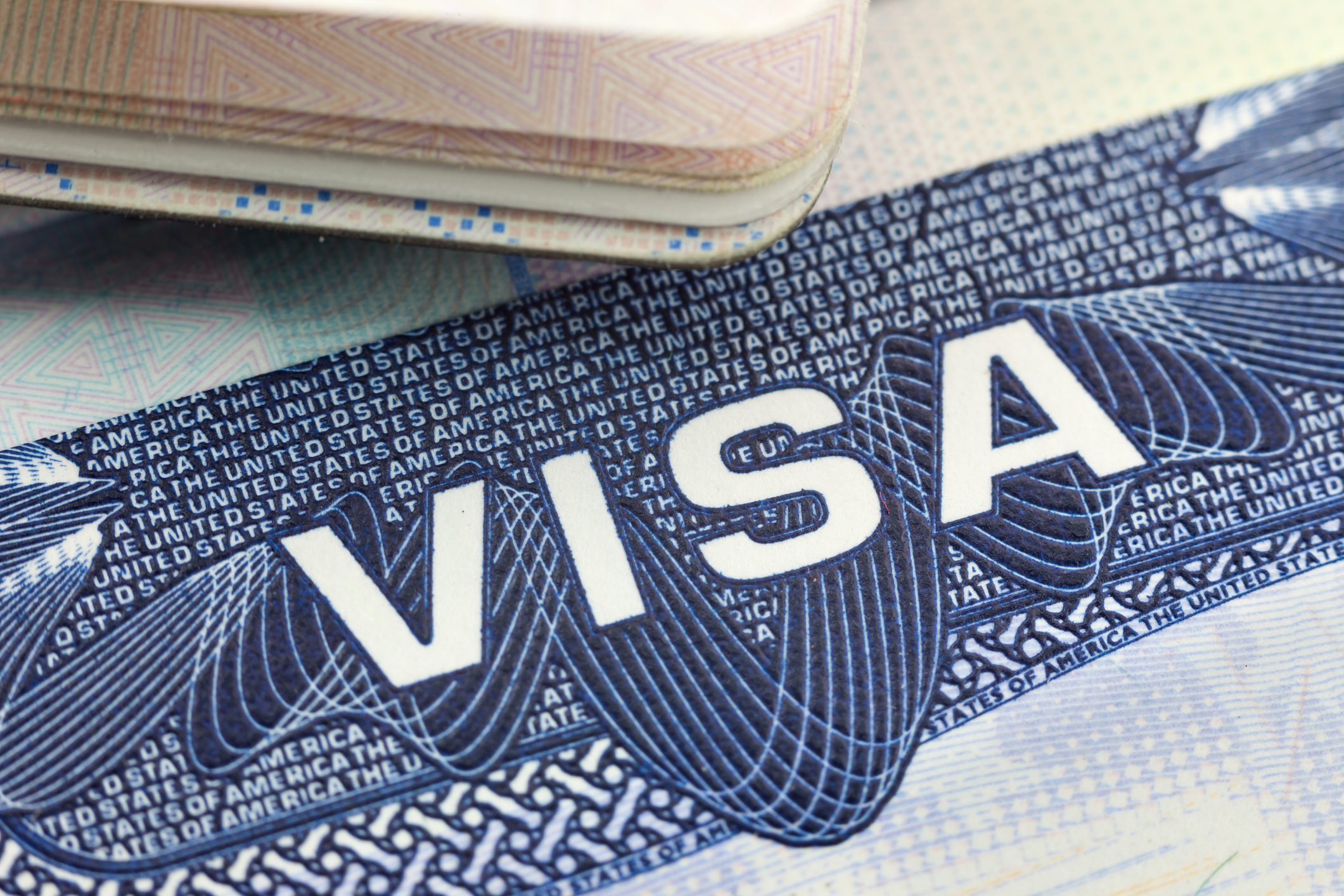A Ballet Dancer’s Guide to the O-1B Visa
This article is intended for general informational purposes only and not to provide legal advice or opinion. Each case is unique and consultation with an attorney is recommended.
Each season, America’s top ballet companies recruit and hire talent from around the world. A job offer is the culmination of years of training, performances and competitions. But there is still one more step left for international dancers—securing a visa to work in the U.S.
Dancers typically apply for an O-1B visa, which, according to the U.S. Citizenship and Immigration Services (USCIS) website, is for “individuals with an extraordinary ability in the arts.” Since this can be a time-consuming and somewhat stressful process, here’s what you should know about applying.
The O-1B visa requires a petitioner, which for dancers would be the ballet company that’s hiring them. The company must file Form I-129, which is a petition for a nonimmigrant worker, before you can begin the application process.
You’d then need to fill out Form DS-160 to apply for a nonimmigrant visa and schedule an appointment at the U.S. Embassy. Prior to the interview, you should prepare by assembling a trove of documents that tout your skills. This is because, in order to receive an O1-B visa, you need to have “sustained national or international acclaim” to be considered someone with “extraordinary ability” in the eyes of the USCIS.

Extraordinary ability, according to uscis.gov, is altogether defined as having a “high level of achievement…as evidenced by a degree of skill and recognition substantially above that ordinarily encountered to the extent that a person described as prominent is renowned, leading, or well-known in the field of arts.” For this reason, attorney Cielomar Puccio recommends that young dancers who are right out of school and have not yet had professional experience apply for other visas, based on their unique situation. Puccio, a lifelong dancer, founded her firm, Brandllet, in 2021 to help dancers and other artists with trademark, copyright and immigration law needs.
One form of proof you can provide to meet the extraordinary ability criterion is an award, such as one from an international ballet competition. But you can also submit documentation like news articles, press releases, reviews by critics, endorsements, or advertisements in three of the categories that USCIS provides. These categories include showing you’ve performed and will perform leading roles, have national or international recognition, or have received significant recognition from organizations, governments, critics or experts in the dance field.
You can also provide contracts to show that you were previously paid or will be paid more than others in your field. The hiring company can help with this process by paying for the cost of applications and providing detailed job descriptions in addition to the contract, says Puccio, who practices immigration, trademark and copyright law nationwide. They can also write a letter explaining why they want to hire you and why you demonstrate extraordinary ability.
Gathering this information often takes several months and is one of the most time-intensive parts of the process. Puccio points to one client, Adolfo de la Toba, who went through the visa process after being offered the artistic director position of Ballets de San Juan in Puerto Rico. Originally from La Paz, Mexico, de la Toba had danced with companies in his home country, like Ballet de Monterrey and Compañía de Danza Clásica y Neoclásica de Jalisco in Guadalajara. He first began dancing with the Ballets de San Juan as part of a cultural exchange, says de la Toba in Spanish, with Puccio interpreting, and helped teach Zoom classes and choreograph for the company during the pandemic. Eventually, he became a candidate for the artistic director position.
“Just with him bringing me his resumé and the articles of different people writing about him, it was obvious that he had extraordinary ability,” Puccio says. “He’s done so much nationally in Mexico that it wasn’t that hard [to demonstrate that].”
The process of gathering all those materials and deciding which ones to provide to USCIS, however, still took roughly five months. Because de la Toba was starting his job soon, he paid for premium processing and received his USCIS approval in about two weeks. (He was approved for a three-year visa, the maximum duration allowed. Afterward, his visa will need to be renewed annually.) Puccio says she recommends dancers start gathering documents as early as a year before their contract is slated to start. She advises starting the application process as early as possible, as well, since waiting for an interview at the U.S. Embassy also takes time. Without premium processing, it can take two to three months for the Embassy to review and approve a case.
Denied applications usually occur if USCIS doesn’t find the artist to be one with extraordinary ability, Puccio says. One option is to try filing again, although options vary from case to case. Since the process costs money, Puccio says it’s best to consult an attorney to decide whether to reapply and how to approach your application the second time.





